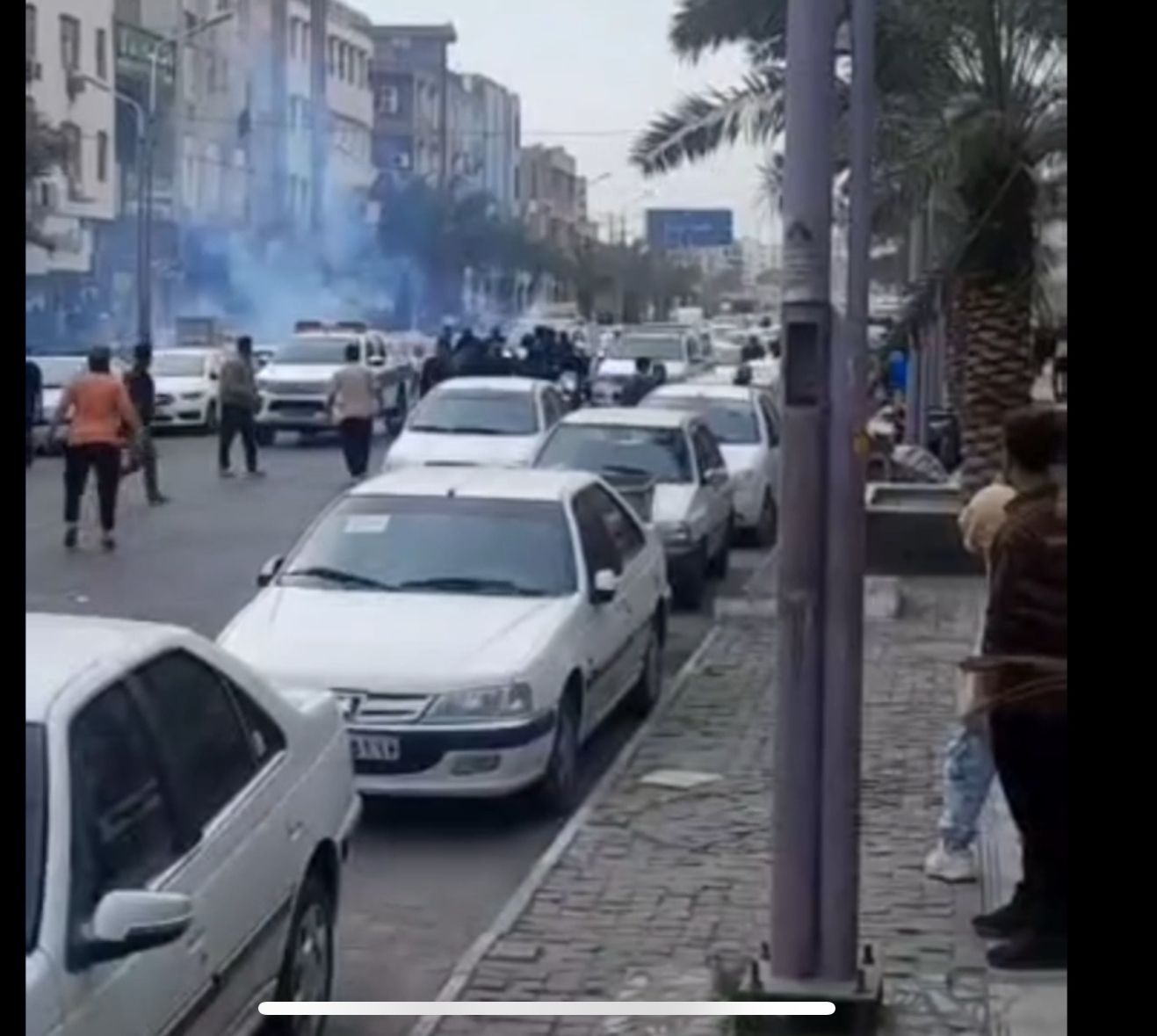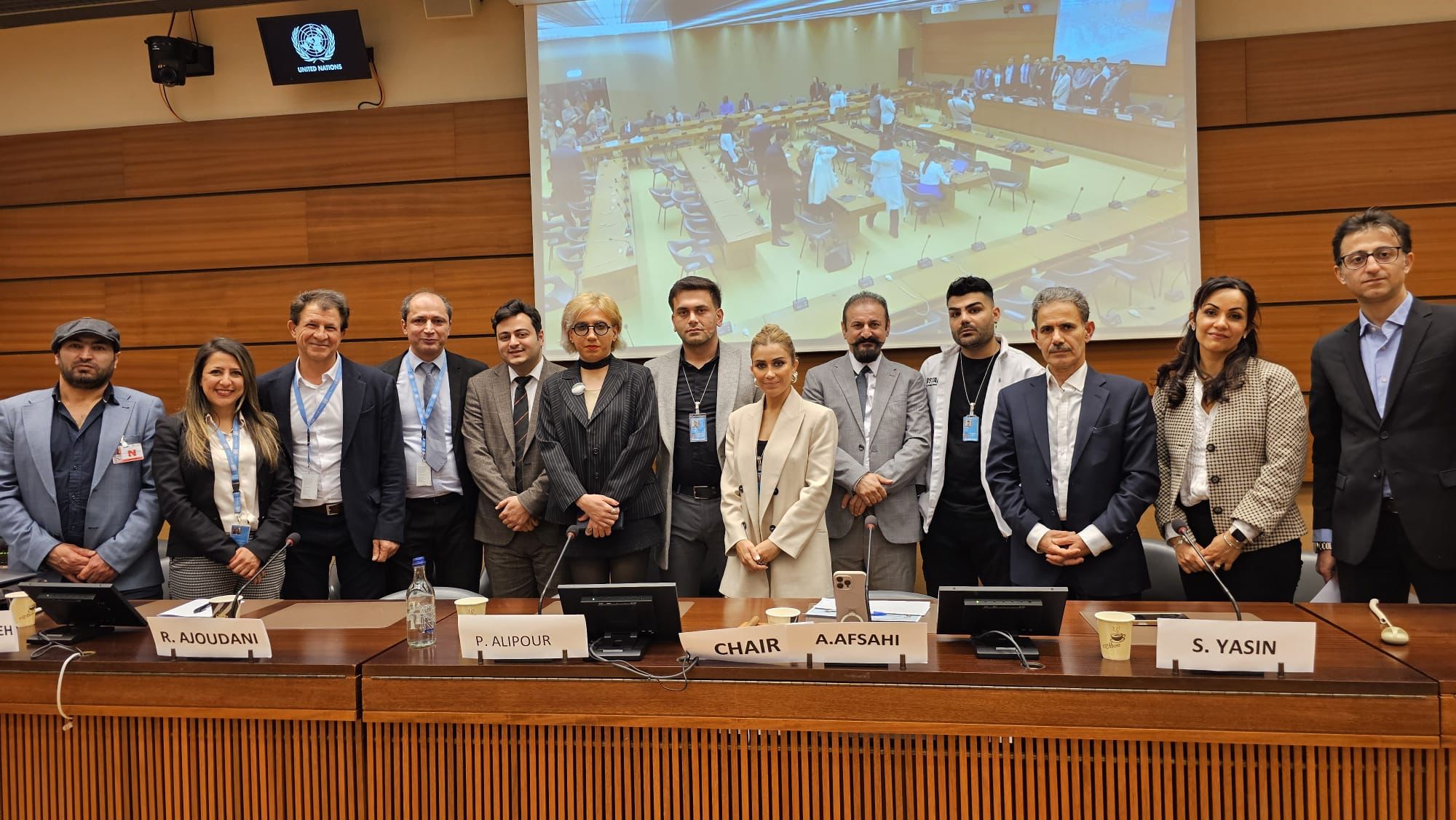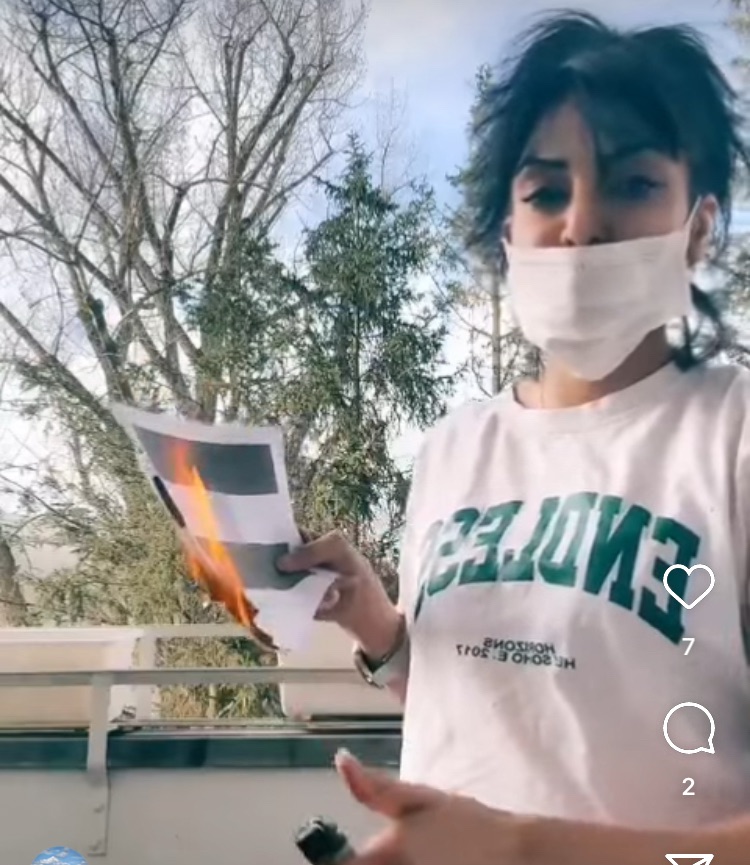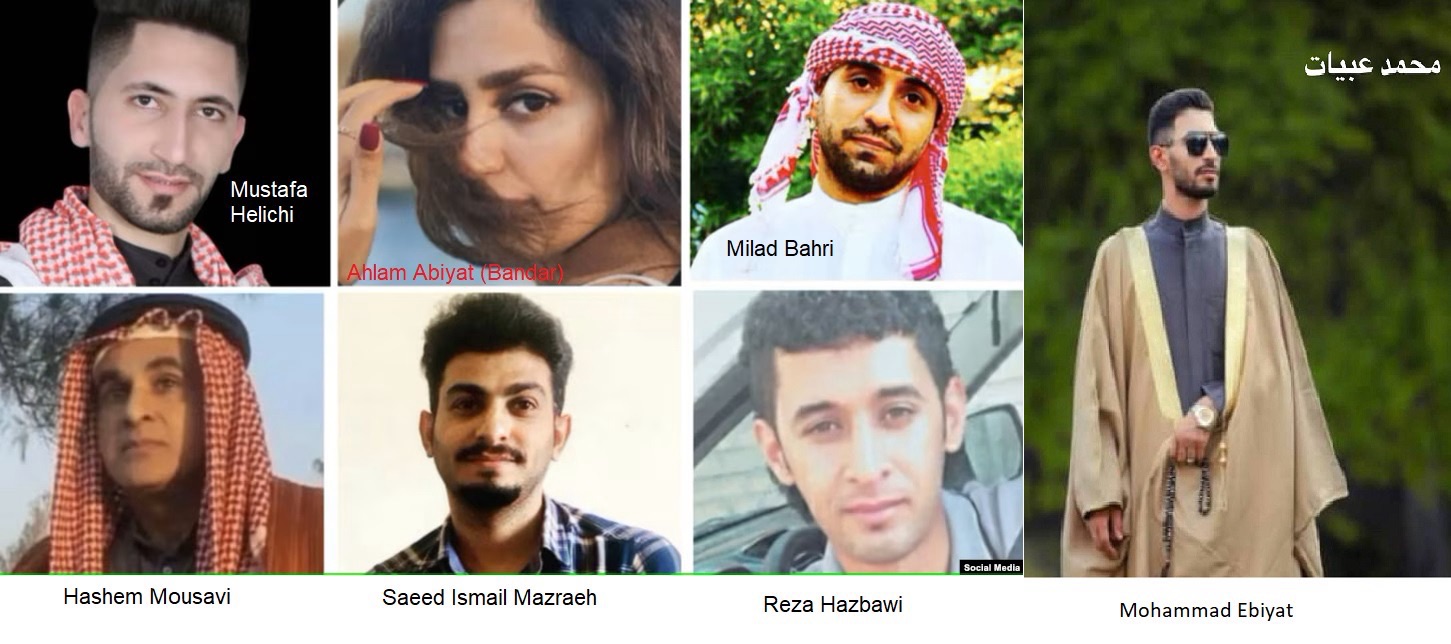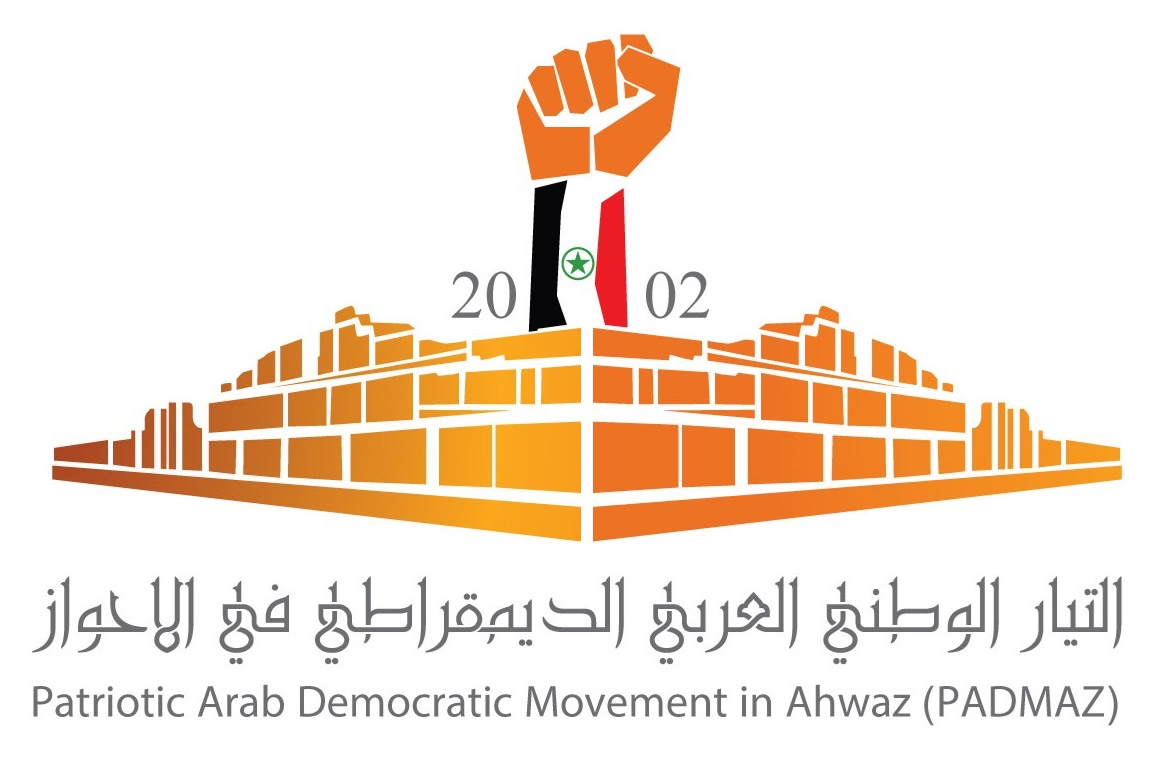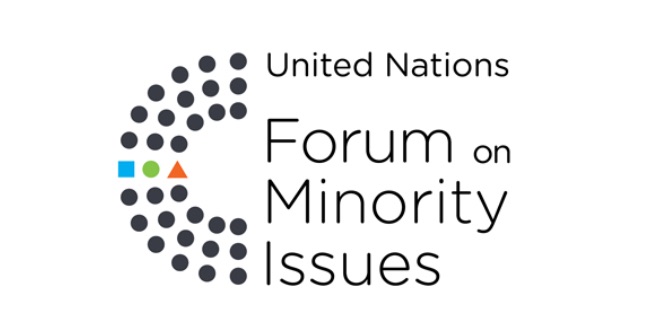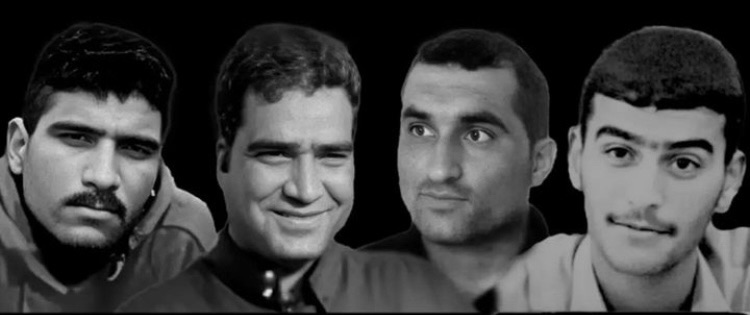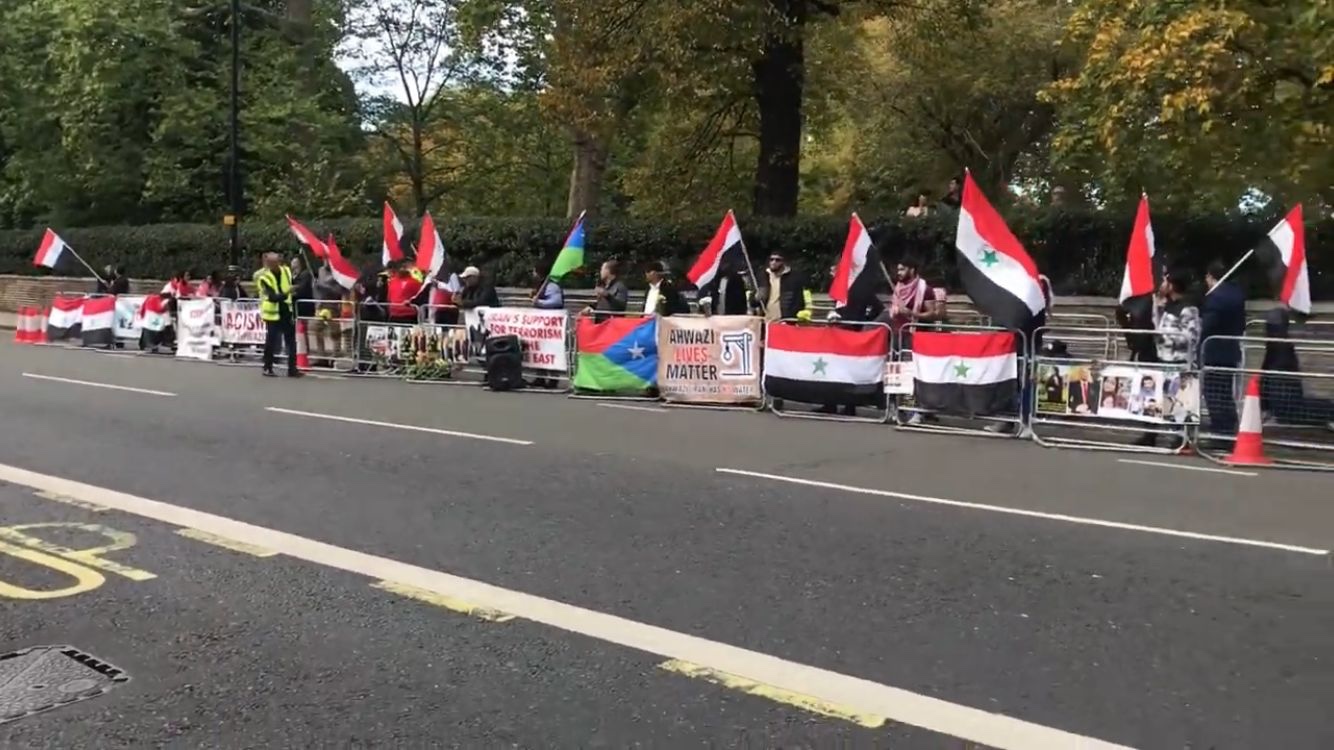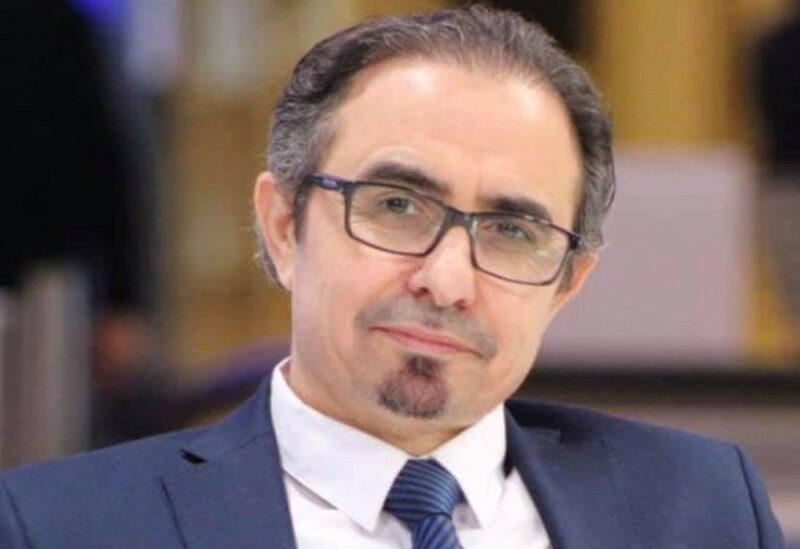Abbadan, a long history of the crimes of Iran centralists
PADMAZ- The collapse of the Abbadan metropolitan commercial building and the death of tens of people in this historic Arab city once again marked a bloody event in this war-torn and crisis-stricken city. This incident, in which the corruption of the central government and its systematic policies played a key role in marginalizing the Arabs and replacing them with Persians and non-Arabs, is reminiscent of a long history of the centralists crimes, either in power or in parties and opposition.
Abbadan is one of the first Ahwazi cities to face the devastating consequences of the occupation of Ahwaz. During 15 years after the occupation of Ahwaz in 1925, the central government brought more than 230,000 Persians and non-Arabs into the city of Abbadan to marginalize the Arabs who are the indigenous people of the city. The Anglo-Iranian Oil Company, by imposing conditions on the employment of staff and employees, officially minimized the employment of Arabs and deprived them of the Socio-economic benefits of employment in this company. Schools in Arabic were closed, and at least two generations of Arabs, deprived of education and schooling. The technical high schools, the technical university of the company and other educational and welfare institutions of the oil company were almost completely closed to the Arabs. During the first Pahlavi period, the Arabs were systematically marginalized and became strangers in their homeland.
During this period, the Tudeh Party, taking advantage of the settlement of tens of thousands of Persian and non-Arab immigrants in the city of Abbadan, seized the opportunity and took a stand against the Al-Ahwaz People’s Movement under the pretext of fighting feudalism and officially stood against the liberation struggle of Ahwazis. The Tudeh Party committed crimes against the Arab people in July 1946, and thousands of its supporters attacked the homes of Arab political activists in Abbadan, beheading them, dragging their bodies to the streets, and chanting anti-Arab slogans. They also set fire to the houses of several Arab political activists and burned women and children alive.
During the second Pahlavi period, the policy of changing the population structure continued to be strong and tens of thousands of new immigrants were brought to the city of Abbadan so that the project of ethnic cleansing to bring morepoverty, deprivation and marginalization to the indigenous Arabs. During this period, the secret executions and shootings of Arab activists and fighters by the Pahlavi regime’s security apparatus continued unabated. In 1963, many Arab political leaders were arrested in the city of Abbadan and executed following a formal trial.
In the deliberate fire of Rex Cinema, while the confrontation ofthe revolutionaries and the Shah’s regime, the people of the city of Abbadan fell victim to the centralists again, and hundreds of these people lost their lives.
In the first months after the Islamic Republic of Iran came to power, the people of Abbadan were suppressed and killed by the Iranian navy in May 1979 and beyond, following their association with the Arab People’s Cultural Center to achieve their ehno-national rights. The “Khorramshahr Military-Cultural Center”, an organization of Persian immigrants led by Jahanara, played an important role in killing the people of Mohammarah, Abbadan and Falahieh. Hundreds of Arabs killed in this massacre which is known for black Wedensdays on Mohammara.
The war of the Shiite extremists, who has just come to power,and Iraq led to the complete destruction of this city and thousands of its indigenous Arab people lost their lives. Also, tens of thousands of Arabs were unable to return to their homes due to the security and economic policies of Iran government and were forcibly resettled in other provinces.
The destruction of the environment by projects transferringwater from the Karun River to the central plateau of Persia and the salinity caused by highly saline effluents of sugarcane security projects led to a large popular uprising in the late 1990s in Abbadan, Mohammareh and Falahieh cities. An uprising that resulted in many people being injured or imprisoned.
Even now, more than 34 years after the end of the war, the city of Abbadan is still a war-torn city, and poverty, deprivation, unemployment, and hunger are gripping the historical inhabitants of this city, namely the Arab people.
Today, the Persian-language opposition media abroad, by supporting the presence of non-Arab immigrants, try to highlight the fake non-Arab identity of this historic Arab city. These media outlets refuse to talk to a large number of Ahwazi journalists and publish biased reports from the city of Abbadan.
PADMAZ

